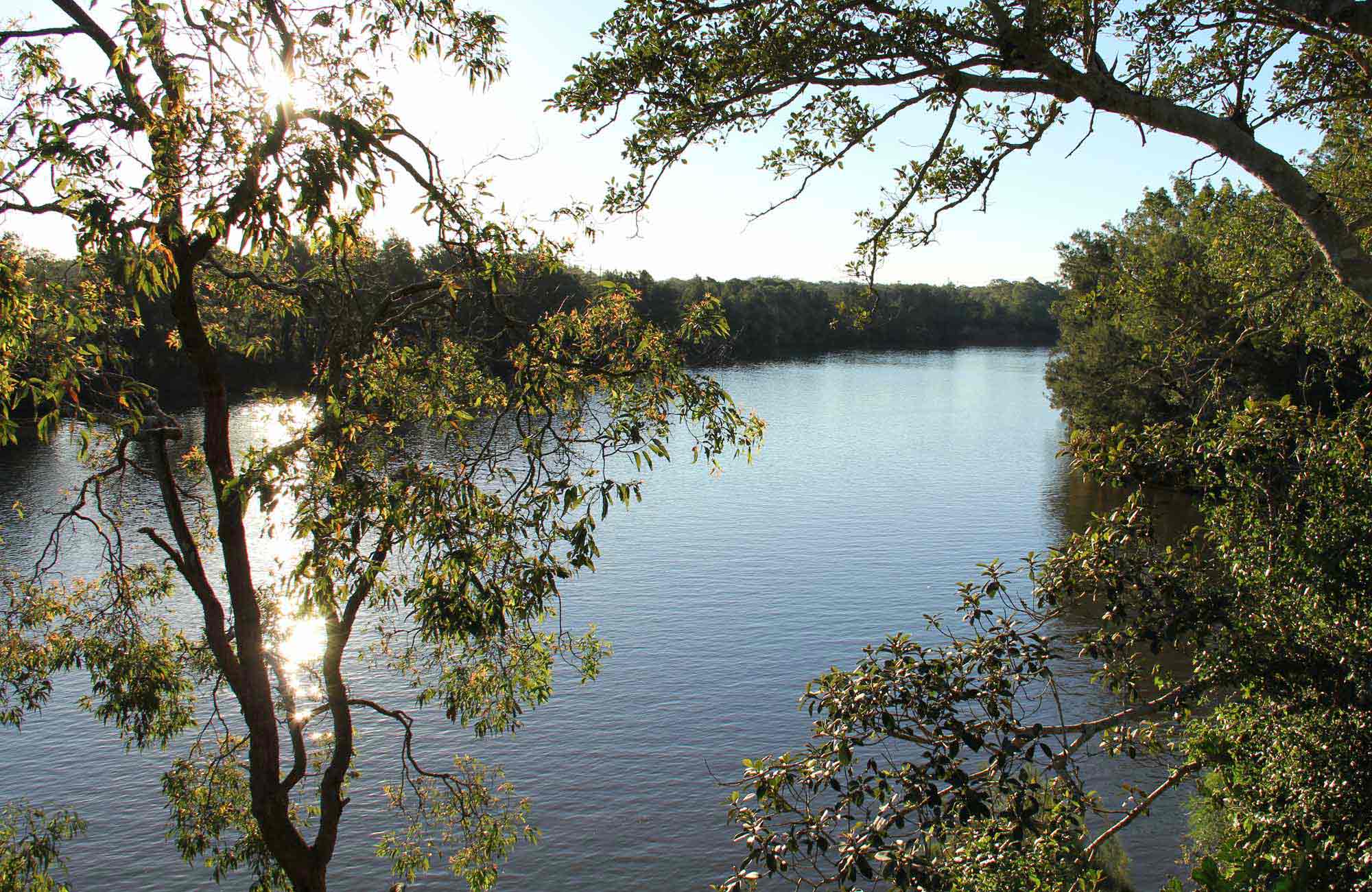Cattai National Park
Overview
Cattai National Park protects significant historic sites, but also offers loads of activities, like camping, canoeing, fishing, barbecues, bike riding and bird watching.
Read more about Cattai National Park
Cattai National Park is a fantastic place for a family daytrip or a weekend getaway. There are two parts to the park: the popular Cattai Farm area, flanked by the mighty Hawkesbury River, and the quieter Mitchell Park area.
Each section offers a fantastic experience in the great outdoors; Cattai Farm is great if you’re looking for a weekend camping trip, some canoeing or a big family barbecue. There’s also plenty of space for games and for children to ride bikes. History buffs will be interested to know that this parcel of land is an intact land grant given to a First Fleet settler – be sure to stop by the historic sites within this part of the park.
Mitchell Park is more secluded, so it’s the place to be if you’re looking for a relaxing afternoon in the great outdoors. It’s also a good spot for fishing – you might catch carp or bass. If you feel like stretching your legs, there’s 5km of walking tracks that takes you through native vegetation, including scribbly gum forest and tall bloodwoods.
Cattai’s is in the far north of Sydney which makes it an excellent choice for a day out and a great place to take the kids on their first camping trip.
Local alerts
For the latest updates on fires, closures and other alerts in this area, see https://www.nationalparks.nsw.gov.au/visit-a-park/parks/cattai-national-park/local-alerts
Map
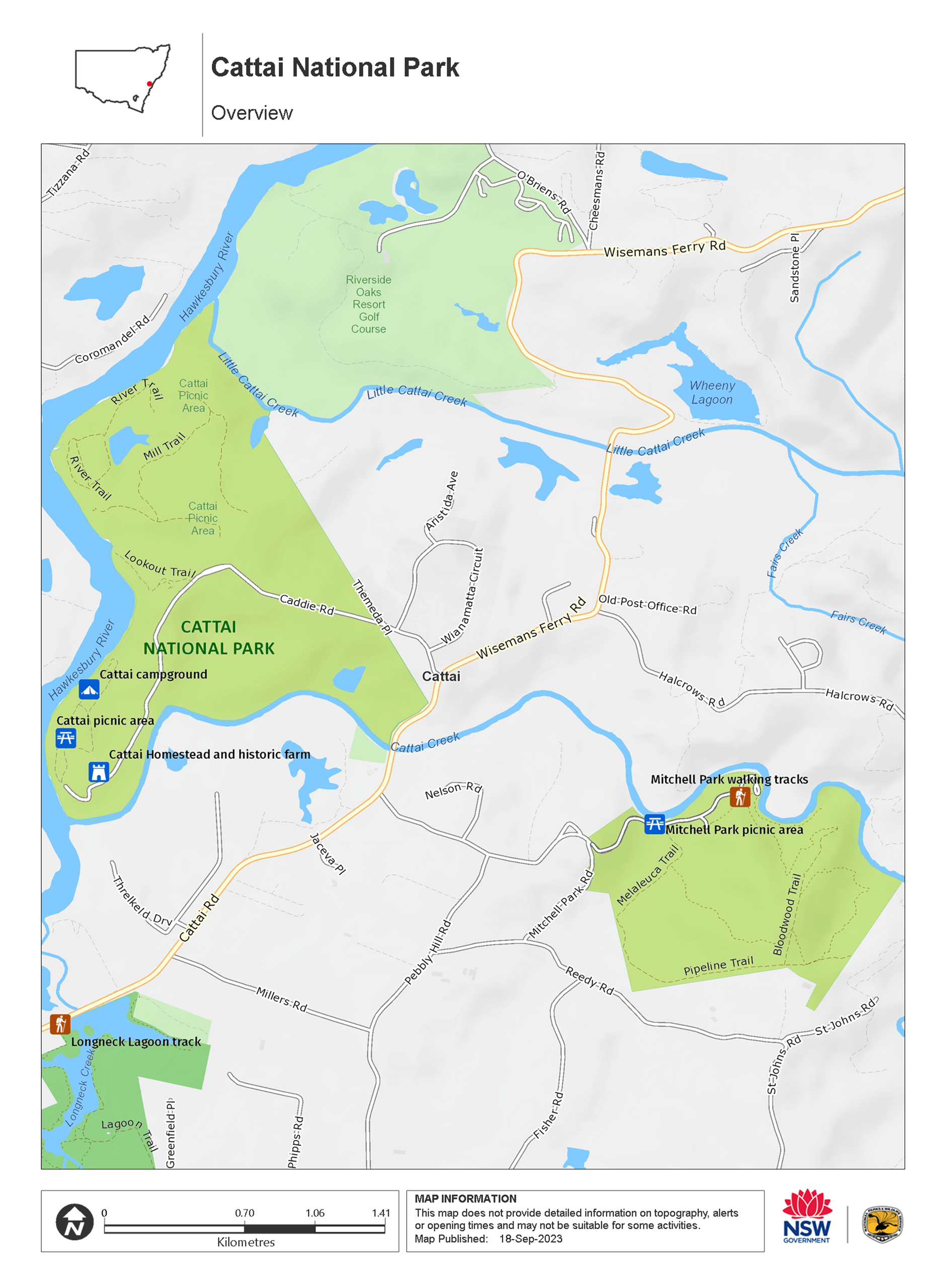
Map legend

Contact
- in the Sydney and surrounds region
Cattai National Park is open 8am to 6pm from May to August and 8am to 8pm from September to April. The park may have to close at times due to poor weather or fire danger.
-
Park entry fees:
$8 per vehicle per day (including motorbikes). Day passes are available from on-park pay machines that accept coins and credit cards, and you can also pay for your visit via the Park’nPay app.
Buy annual pass. -
-
Scheyville office
02 4580 2750
Contact hours: Monday to Friday, 8.30am to 4.30pm. Closed public holidays. - 71 Memorial Drive, Scheyville 2756
-
Email: npws.cumberland@environment.nsw.gov.au
-
Scheyville office
Visitor info
All the practical information you need to know about Cattai National Park.
Getting there and parking
Get driving directions
To get there from Windsor, take Metroroad 2 and turn left into Pitt Town Road. Turn right into Tourist Drive 15 and continue along Cattai Road to Cattai Creek, where the road becomes Wisemans Ferry Road. The park entry gate will be about 100m along on your left.
By bike
Check out the Bicycle information for NSW website for more information.
Best times to visit
Cattai National Park is a great place to visit all year round. Head to the park for a winter picnic in the sun or a family camping holiday during spring. Walking and bike riding are popular autumn activities in the park and summer is perfect for boating and paddling along the river.
Weather, temperature and rainfall
Summer temperature
Average
16°C and 30°C
Highest recorded
42.5°C
Winter temperature
Average
3°C and 18°C
Lowest recorded
-7.2°C
Rainfall
Wettest month
January
Driest month
September
The area’s highest recorded rainfall in one day
309.4mm
Facilities
Amenities
Toilets
Picnic tables
Barbecue facilities
Showers
Maps and downloads
Fees and passes
Park entry fees:
$8 per vehicle per day (including motorbikes). Day passes are available from on-park pay machines that accept coins and credit cards, and you can also pay for your visit via the Park’nPay app.
- All Parks Pass - For all parks in NSW (including Kosciuszko NP) $190 (1 year) / $335 (2 years)
- Multi Parks Pass - For all parks in NSW (except Kosciuszko) $65 (1 year) / $115 (2 years)
Annual passes and entry fees (https://www.nationalparks.nsw.gov.au/passes-and-fees)
Prohibited
Pets
Pets and domestic animals (other than certified assistance animals) are not permitted. Find out which regional parks allow dog walking and see the pets in parks policy for more information.
Smoking
NSW national parks are no smoking areas.
Nearby towns
Windsor (13 km)
Explore Windsor's historic buildings, including St Matthew's Anglican Church (1817), Windsor Court House (1822), and the Macquarie Arms Hotel (1815). Bring a picnic or your boat and enjoy the beautiful riverside parks in Windsor including Howe Park and Governor Phillip Park.
Rouse Hill (19 km)
Located north-west of the Sydney CBD in the Hills District, Rouse Hill is home to Rouse Hill Regional Park, where you can take your dog for a walk, enjoy a picnic with family and friends, and even hire an outdoor wedding venue.
Sydney City Centre (63 km)
No trip to Sydney is complete without spending some time in the city’s beautiful parks. Whether it’s in central areas like Hyde Park or the Royal Botanic Gardens or further out in Centennial Parklands, there’s plenty of green space to go out and enjoy.
Learn more
Cattai National Park is a special place. Here are just some of the reasons why:
Colonial history
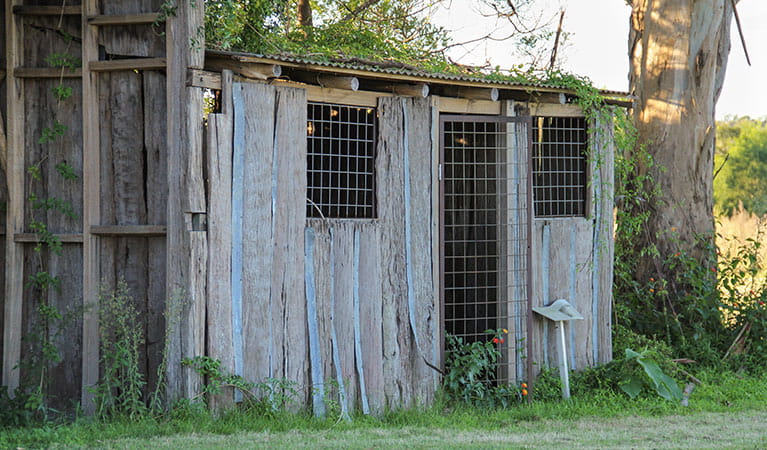
Cattai National Park is significant because it includes a parcel of land granted to First Fleet assistant surgeon Thomas Arndell. Cattai Farm and the surrounding area was home to seven generations of Arndell's, with the land remaining with descendents of Thomas Arndell for about 180 years. Today, several historic sites invite observation and journeying into the past; Arndell's 1821 homestead, convict-built walls and roads, grain silos and ruins of a windmill believed to be Australia's oldest industrial building.
- Cattai Homestead and historic farm buildings Cattai Homestead and historic farm buildings near Windsor, just north of Sydney, are an important part of Australian history and a must-see for history buffs.
An important landscape
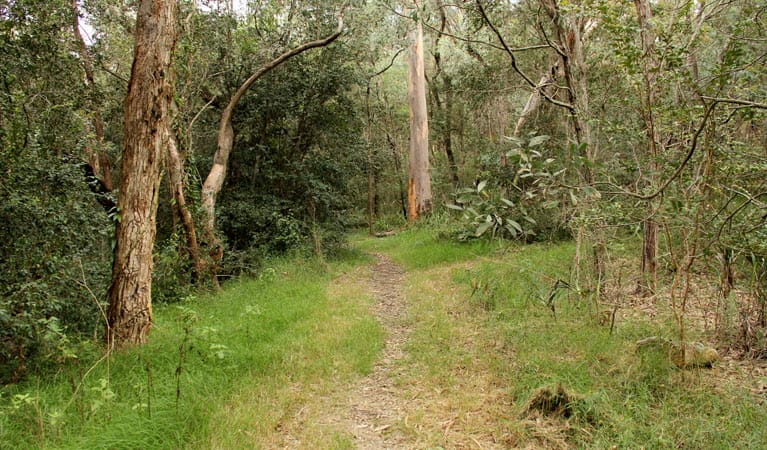
Cattai National Park lies within the Cumberland Plain, an important land system near Sydney that has been impacted by agricultural processes and urban development. Mitchell Park is significant because it contains much of its original vegetation, including paper bark, red gum, stringy bark, grey gum and cabbage gums. The best way to see the changing vegetation is along the Mitchell Park track, you'll notice that each part of the walk is named to describe the type of vegetation along that part of the walk.
Aboriginal culture
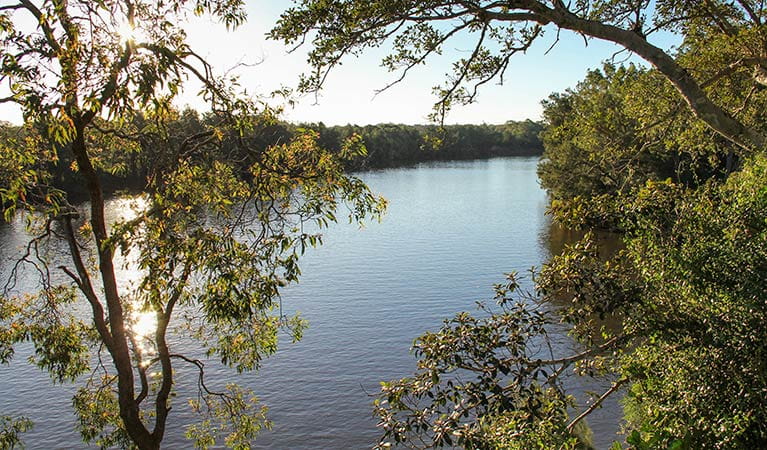
Cattai National Park is the traditional Country of the Darug people. The park's landscape, including the river provided a rich source of food, medicine, shelter and tools for the Aboriginal people who travelled through the area. The park protects a number of ancient Aboriginal sites that are evidence of the Darug people's ancient connection to the land, you may find axe grinding grooves on rocks as well as rock engravings and art.
A birder's bounty
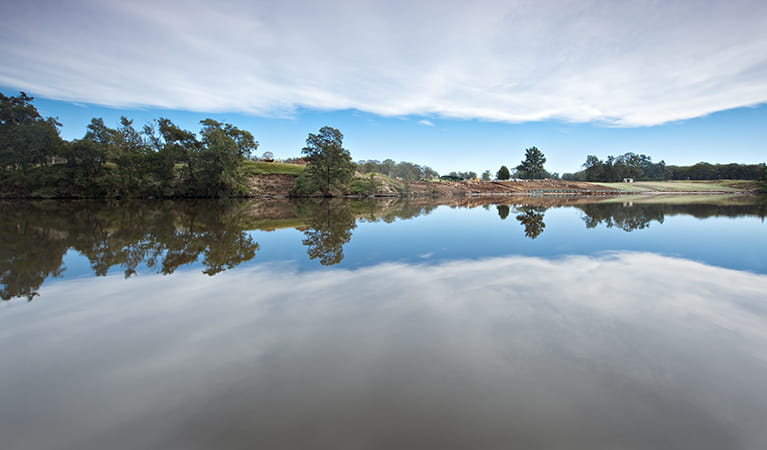
The park's riverside location, close to Longneck Lagoon, makes it popular with birdwatchers. Spot vulnerable black bitterns, powerful owls or rufous night herons. Visit the park's major wetland areas to observe several bird species otherwise scarce within Sydney.
- Mitchell Park walking tracks Mitchell Park walking tracks offer several linked walks through remnant rainforest, diverse woodland and wetlands, in Cattai National Park, near Windsor.
Plants and animals protected in this park
Animals
-

Common ringtail possum (Pseudocheirus peregrinus)
Commonly found in forests, woodlands and leafy gardens across eastern NSW, the Australian ringtail possum is a tree-dwelling marsupial. With a powerful tail perfectly adapted to grasp objects, it forages in trees for eucalypt leaves, flowers and fruit.
-
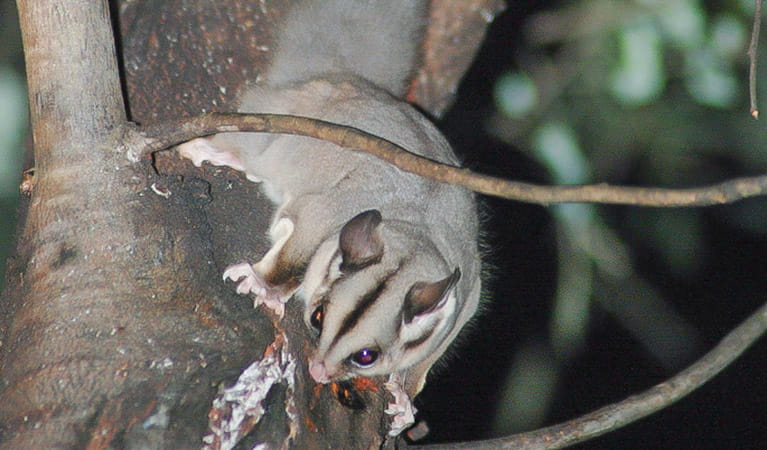
Sugar glider (Petaurus breviceps)
The sugar glider is a tree-dwelling Australian native marsupial, found in tall eucalypt forests and woodlands along eastern NSW. The nocturnal sugar glider feeds on insects and birds, and satisfies its sweet tooth with nectar and pollens.
-
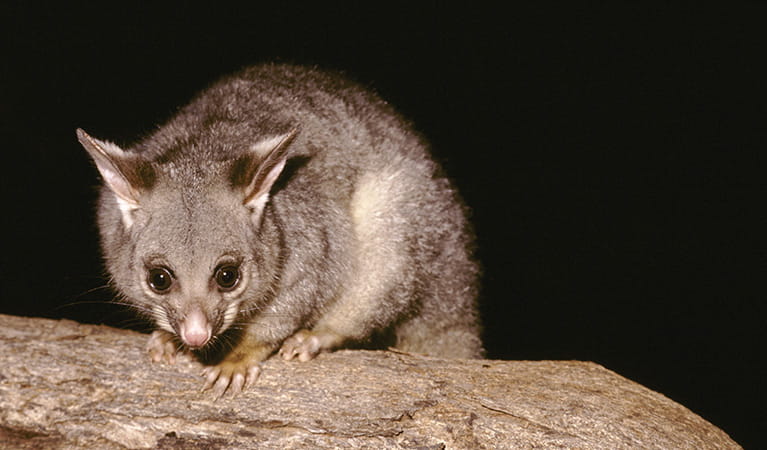
Common brushtail possum (Trichosurus vulpecula)
One of the most widespread of Australian tree-dwelling marsupials, the common brushtail possum is found across most of NSW in woodlands, rainforests and urban areas. With strong claws, a prehensile tail and opposable digits, these native Australian animals are well-adapted for life amongst the trees.
-
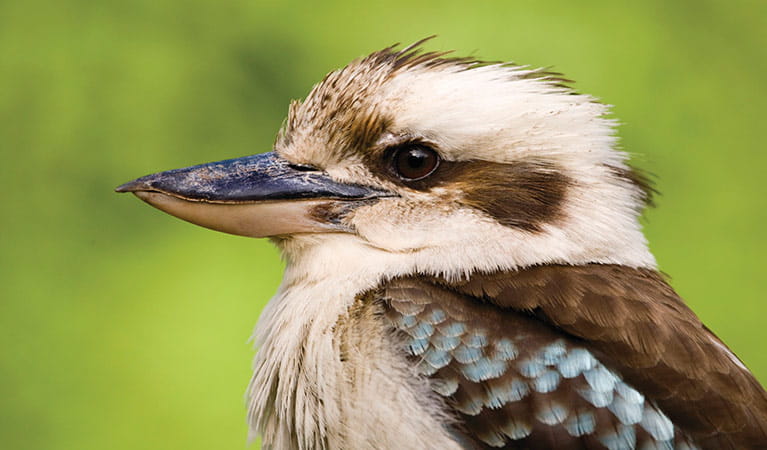
Kookaburra (Dacelo novaeguineae)
Of the 2 species of kookaburra found in Australia, the laughing kookaburra is the best-known and the largest of the native kingfishers. With its distinctive riotous call, the laughing kookaburra is commonly heard in open woodlands and forests throughout NSW national parks, making these ideal spots for bird watching.
-
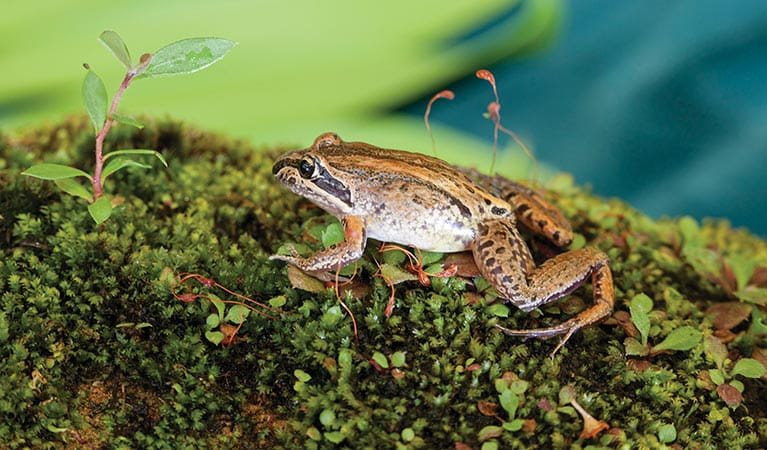
Brown-striped frog (Lymnastes peronii)
One of the most common frogs found in Australia, the ground-dwelling brown-striped frog lives in ponds, dams and swamps along the east coast. Also known as the striped marsh frog, this amphibian grows to 6.5cm across and has a distinctive ‘tok’ call that can be heard all year round.
-
Cumberland Plain land snail (Meridolum corneovirens)
The endangered Cumberland Plain land snail is only found on the Cumberland Plain, west of Sydney. During drought it digs deep into the soil to escape harsh conditions. Its brown shell is thin and fragile.
Environments in this park
Education resources (1)
What we're doing
Cattai National Park has management strategies in place to protect and conserve the values of this park. Visit the OEH website for detailed park and fire management documents. Here is just some of the work we’re doing to conserve these values:
Preserving biodiversity
Cattai National Park encourages the retention of adjoining natural bushland to enhance the biodiversity values of the park. This will be encouraged through liaison with neighbours and local councils. Regeneration of the native vegetation will be delivered in accordance with revegetation initiatives except where clearings or exotic plantings are part of the historic landscape.
Managing weeds, pest animals and other threats
Pests and weeds have a significant impact to the ecosystems within Cattai National Park. Risk assessments for new and emerging weeds are carried out as an ongoing initiative within the park. Pest management is an important part of the work NPWS does to protect the integrity of biodiversity which exists within Cattai.
Historic heritage in our parks and reserves
Cattai Park and Hope Farm remained in the hands of the same family for some 180 years until their acquisition by the NSW Government in 1981 and 1990 respectively. The historic character and landscape of Cattai Park will be maintained. A review of environmental factors will be prepared and incorporated into any development proposals. The management of the cultural heritage of Cattai National Park will be done in accordance with the Cattai Conservation Plan and the Burra Charter prepared by the Australia International Committee on Monuments and Sites.
Conserving our Aboriginal culture
The Darug Local Aboriginal Land Council will be consulted on the management of Aboriginal sites within Cattai National Park and the appropriate interpretation of Aboriginal culture. Aboriginal sites are assessed and monitored before and during park works to ensure that no damage takes place to culturally sensitive areas, and are not impacted upon by vegetation or soil erosion.
Managing fire
NSW is one of the most bushfire prone areas in the world as a result of our climate, weather systems, vegetation and the rugged terrain. NPWS is committed to maintaining natural and cultural heritage values and minimising the likelihood and impact of bushfires via a strategic program of fire research, fire planning, hazard reduction, highly trained rapid response firefighting crews and community alerts.

